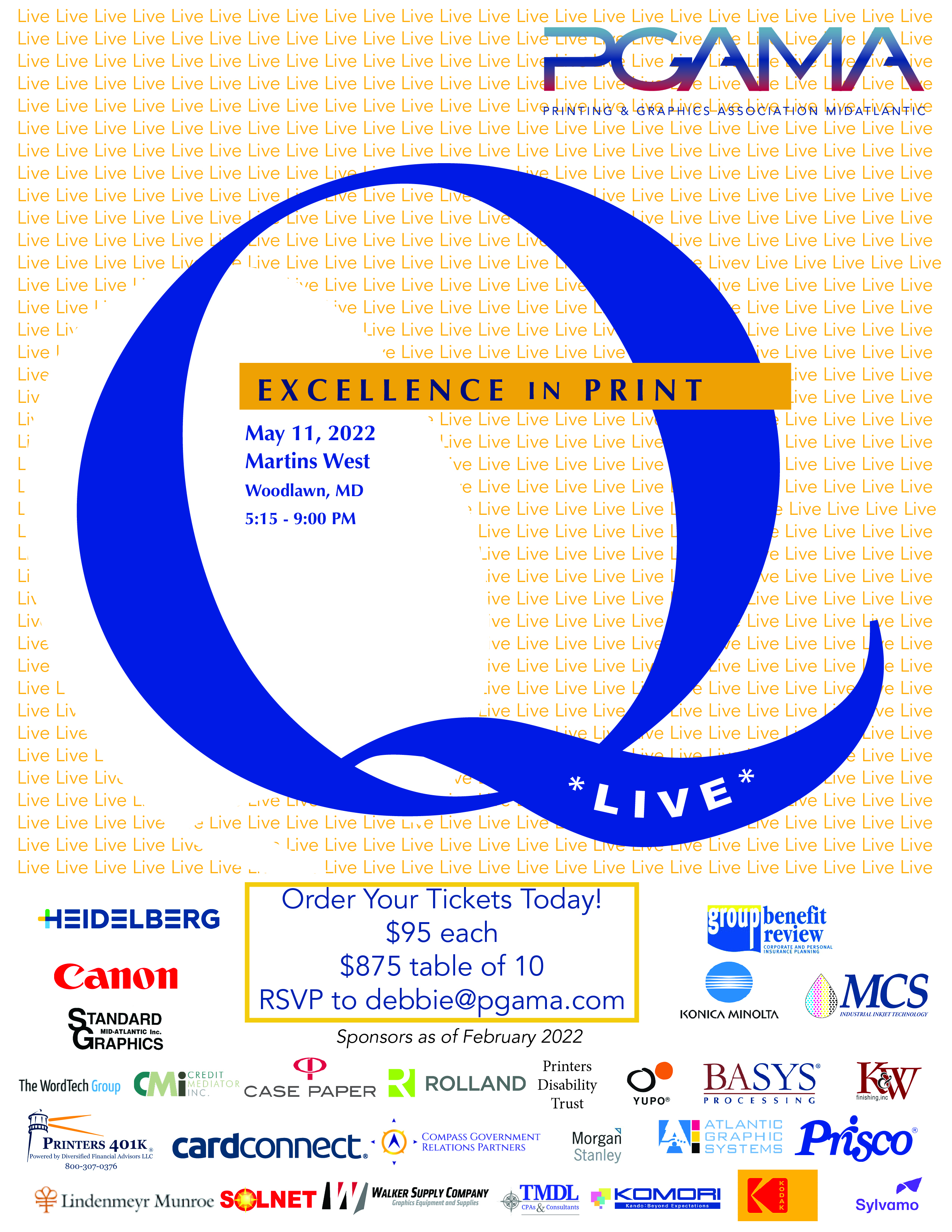Your Financial Health During Covid-19
General comments are provided below (specific planning should be based on your company’s distress level, financial needs, resources and access to capital).
Q: Given the swift adverse effect on my business, should I borrow $$ from other sources (other than this forgivable loan) to keep my employees?
A: NO. The federal government will be providing forgivable loans (Paycheck Protection Program) totaling 2.5 months of your payroll costs, based on average monthly payroll costs for the 1-year period before the loan, times 2.5.
Payroll costs are defined as gross pay up to 100k per employee plus state and local payroll taxes, group health benefits and premiums.
Q: When will the federal government provide cash relief for my company?
A: It is expected to be several weeks after the Act is signed (3/27/20) before a same day application/cash transfer can take place.
Q: Will 100% of the loan be forgiven?
A: Possibly, as long as you retain the same level of (FTE) employees as before the CV crisis and not reduce salaries by more than 25% (excluding employees with salaries over 100k/year). If you have less (FTE) employees by June 30, 2020, or have cut pay by more than 25%, then the amount forgiven will be a pro-rata % of the loan (for example…if you receive a $1 mil loan and retain only 80% of employees, then 80%, or 800k will be forgiven).
Details:
-the amount of the loan to be forgiven is based on the lesser of, subsequent expenditures for payroll costs, interest, rent and utilities for 8 weeks after the loan date, or the loan amount.
-the calculation for change in # of (FTE) employees is based on a comparison of (FTE) employees for the period 2/15/19 through 6/30/19 or the period 1/1/20 through 2/29/20, then compared with the period 2/15/20 through 6/30/20 or 30 days after the CARES act is signed: 4/26/20 through 6/30/20 (which allows a benefit for rehires).
- Repayment terms on the balance not forgiven, if any, are up to 10 years, maximum of 4% interest, no payment for 6 months to 1 year, no prepayment penalties, no collateral and no personal guarantees.
Q: How do I apply for this federal government forgivable loan?
A: These are SBA funded loans to be administered and applied for through your bank. It is expected that the application and funding will occur on the same day, several weeks after the CARES act is signed by the President (3/27/20).
Q: Should I pursue loans and/or grants being offered by my state government or loans that currently are offered through the SBA?
A: Perhaps, but first assess the amount of federal government funding which may be forgiven then pursue other options if there are remaining needs. Most of the state and SBA “disaster funding loans”, at this time, are subject to normal lending criteria, fixed repayment terms, interest and personal guarantees if the loan is over 200k. There are state grants available, but at much smaller amounts.
Q: What should I be doing in the meantime before federal government $$ is available to my company?
A: Suggest downsizing as much as possible to meet your cash inflows while also gauging prospective sales. Also limit cash payments wherever possible to vendors and for all non-essential items.
Q: Should I furlough employees while awaiting the forgivable loans?
A: That’s a close call. It is helpful to know that the CARES Act provides for significant increases in unemployment benefits, so the pain to furloughed employees will be lessened and possibly eliminated. It also may be beneficial to rehire furloughed employees up to 30 days after the Act is signed (by 4/27/20) to maximize the loan forgiveness.
Q: Are banks and other note holders offering any help with payments, if I ask?
A: Yes, most will provide 60 to 90 days of interest only and some are providing “forbearance” (no payment at all) for 60 to 90 days, though the interest will be added to the principal balance.
Q: How should I plan for the “other side of the curve” when activity is expected to pick back up?
A: LIQUIDITY, LIQUIDITY, LIQUIDITY
Your goal is to maximize cash and credit now, in order to be able to fund working capital for inventory and labor when the business comes back.
Q: Any other helpful provisions in the CARES act for my business?
A: Yes
1)If your company is losing more than 50% of revenue or has to close because of the crisis, then special payroll tax reduction provisions and deferrals are available when you reopen.
2)Tax losses in 2018, 2019 or 2020 can now be carried back 5 years and without a limitation against income
3)Building improvements can be expensed (fully depreciated in year incurred) and prior year tax returns can be amended
4)C-Corp estimated taxes for 2020 are deferred until 10/15/20
Q: How do I navigate the myriad of financing options, loan applications and planning considerations?
A: Feel free to contact us. We are here to help.
The government will be issuing further guidance, corrections and clarifications in the coming weeks and months,
so stay tuned for further updates.



